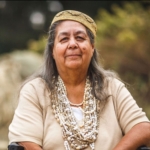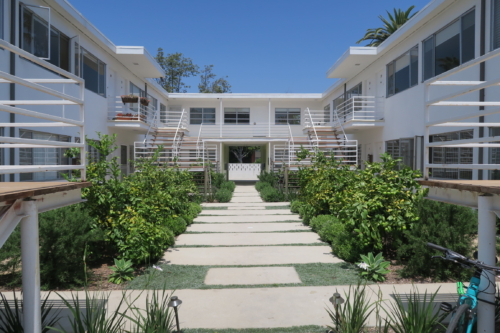We’re Hiring: Office Administrator Opening
The Santa Monica Conservancy seeks an energetic, dependable and self-motivated part-time Office Administrator to perform a variety of administrative duties supporting the various functional areas of the organization. This is a contract position reporting initally to the President of the Board of Directors until the hiring of an Executive Director in 2022. The Office Administrator will also work closely with the Communications Manager.
The successful candidate for this position will:
- Manage incoming email and phone calls, directing messages to appropriate parties.
- Systematize and archive files and records for events, committees and grants.
- Maintain the organizational calendar, tracking committee meetings, organizational events, grant deadlines, marketing campaigns as well as wider community, city council, and landmarks commission events.
- Prepare mail merges and mailings for members and donors.
- Assist in processing donations and membership payments.
- Update donor records in our database, sales platform and email system.
- Generate monthly reports on operations and issues for the Board of Directors, as well as annual reports for the city, donors, and other organizations.
- Support the Conservancy’s tours, workshops, and outreach programs by coordinating logistics, producing printed materials, and preparing post-event summaries.
- Update and maintain the Conservancy’s docent manuals, volunteer handbook, and policies and procedures manual
- Assist the Board’s Executive Committee with special projects, as assigned and agreed, that support the Conservancy’s mission and help build capacity.
- When an Executive Director (ED) is hired, support the ED in their coordination and oversight of the day-to-day operations at the Preservation Resource Center (once we re-open), including visitor services, special events, and preservation inquiries, volunteer management, inventory of office and cleaning supplies, and the scheduling of facility maintenance.
Skills, Experience, and Qualities: Demonstrated experience as an Office Administrator or other similar position requiring excellent organization and time-management skills. Ability to work independently in a collaborative environment.
- Good written and interpersonal communication abilities.
- Knowledge of Excel and Word are required; must be able to run calculations and sort in Excel; create mail merges, track changes and review in Word.
- Knowledge of WordPress, Adobe Acrobat and Constant Contact are a plus.
Hours: The organization intends to hire an Executive Director beginning in 2022 and the responsibilities and hours for this position are expected to grow with that hiring. For 2021, 7-12 hours per week (or 28-48 hours monthly), increasing in 2022 to an estimated 15-20 hours per week (or 60-80 hours monthly). Work schedule flexible but must be available during regular business hours or as otherwise mutually agreed.
Location: Work will be remote. When we re-open our Preservation Resource Center in Ocean Park, some hours will be scheduled on-site.
Compensation: Commensurate with experience.
Application Deadline: June 1, 2021
How to Apply: Send resume and cover letter to careers@smconservancy.org.


